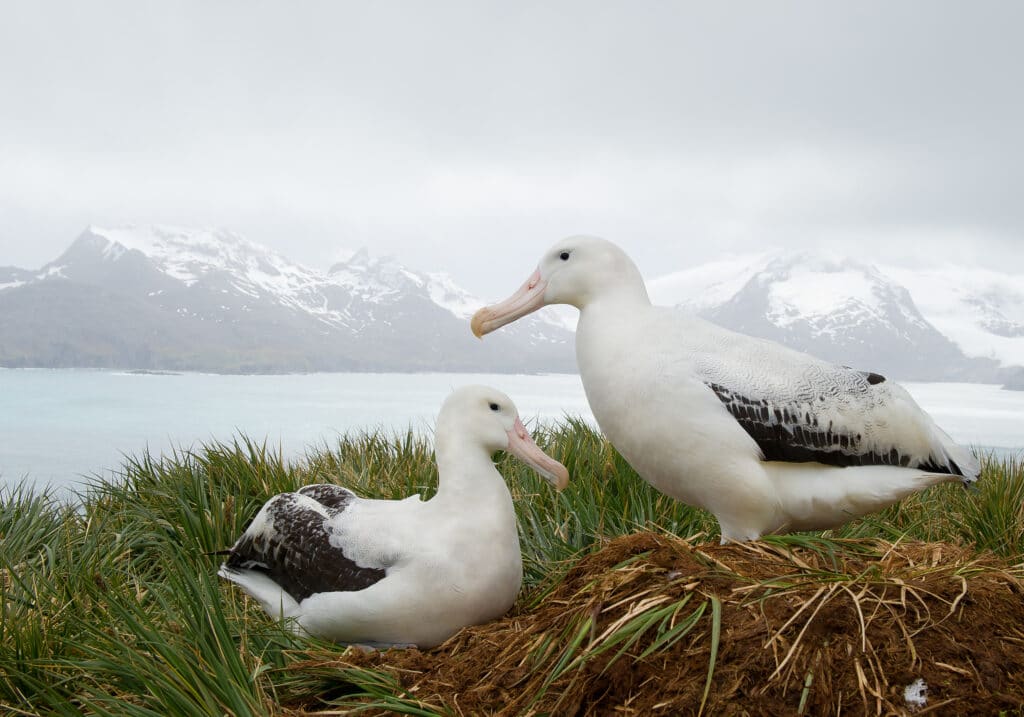A look back at some of the biggest successes you have helped us to achieve in 2021
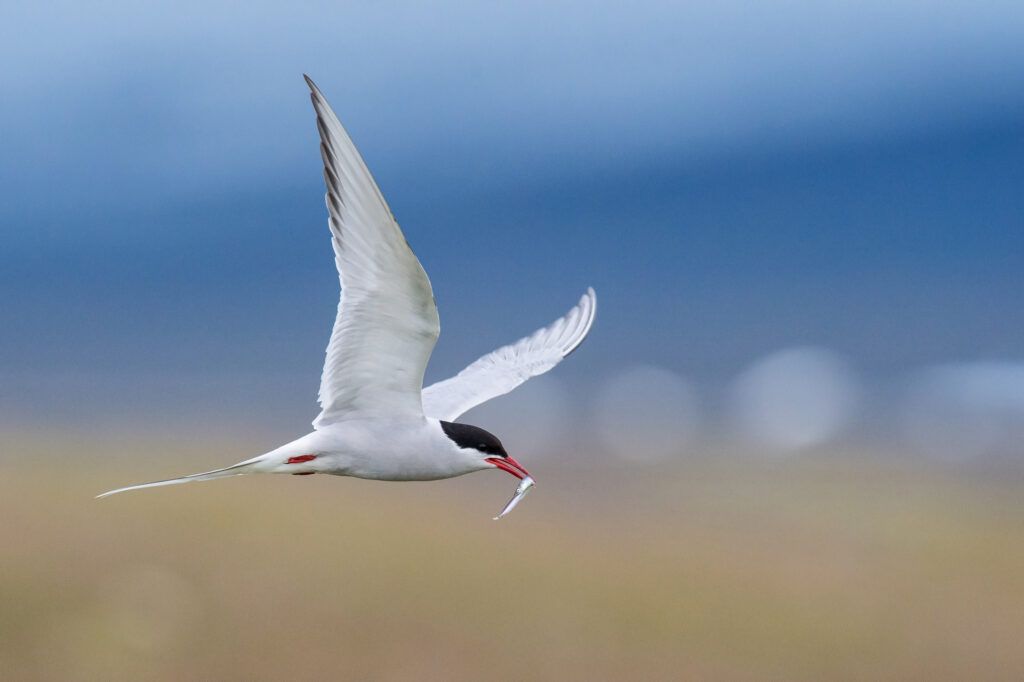
2021 has been a whirlwind of activity for the BirdLife Partnership, carried out against a background of constantly-changing global events. Amid this, there have been two high-profile environmental conferences, a history-defining human rights campaign, and a wealth of conservation successes made possible through the tireless dedication of our staff, Partners and you. Here are just a few examples.
1. You supported our science, so that Satellite-tagged seabirds could point the way to a new protected area
A major seabird feeding site at the heart of the Atlantic ocean became the first ever Marine Protected Area to be identified by remote tracking data. The North Atlantic Current and Evlanov Seamount – or NACES for short – is a treasure trove of species richness previously unknown to science. This ground-breaking discovery was made thanks to BirdLife’s Seabird Tracking Database – a collaboration between scientists across the world, bringing together information on thousands of satellite-tagged seabirds.
Bounded on the west by the Grand Banks of Newfoundland and to the east by the Mid-Atlantic Ridge, the area was found to be used by up to 5 million birds of 21 species, many travelling thousands of kilometres to spend the winter there. In July, BirdLife published a paper in collaboration with 79 co-authors worldwide providing evidence of its importance. On the 1st of October, the site – covering an area the size of France – was granted Marine Protected Area status. Read more here.
Header image: Arctic Tern © Petr Simon
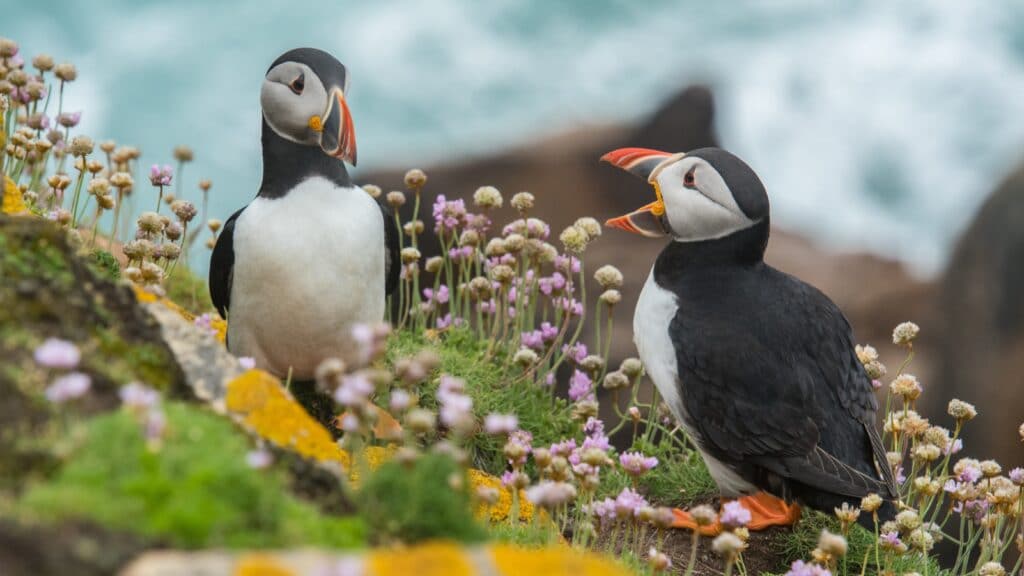
2. You shared our voice, as BirdLife spoke out at major global conferences
This October, BirdLife participated in the Convention on Biological Diversity’s Conference of Parties in Kunming, China, where the world’s nations are working to develop a new post-2020 global framework to protect nature. During the high-level segment of the discussions, BirdLife CEO Patricia Zurita delivered an inspirational speech on behalf of international NGOs, calling for decisive action to tackle the drivers of biodiversity loss.
At the start of November, the UN Climate Change Conference (also known as COP26) hit the headlines as one of the world’s last chances to avert climate chaos. Heads of state, climate experts and campaigners from across the world convened to agree on coordinated action over the next decades. BirdLife was in attendance alongside global Partner staff, campaigning to keep nature conservation at the core of climate action. Patricia Zurita again on behalf of the Partnership issued a mid-COP warning that progress was too slow and ambition must be stepped up, in particular for Nature to be included as an integral part of solving the climate crisis. By showcasing the success of our conservation projects, we demonstrated that safeguarding and restoring habitats can benefit not only birds and nature, but people too and is integral to addressing global warming.
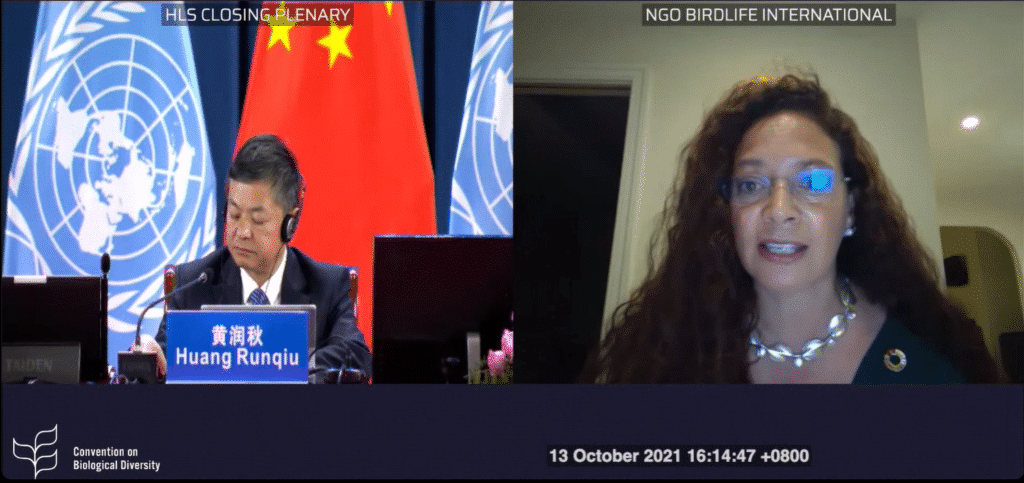
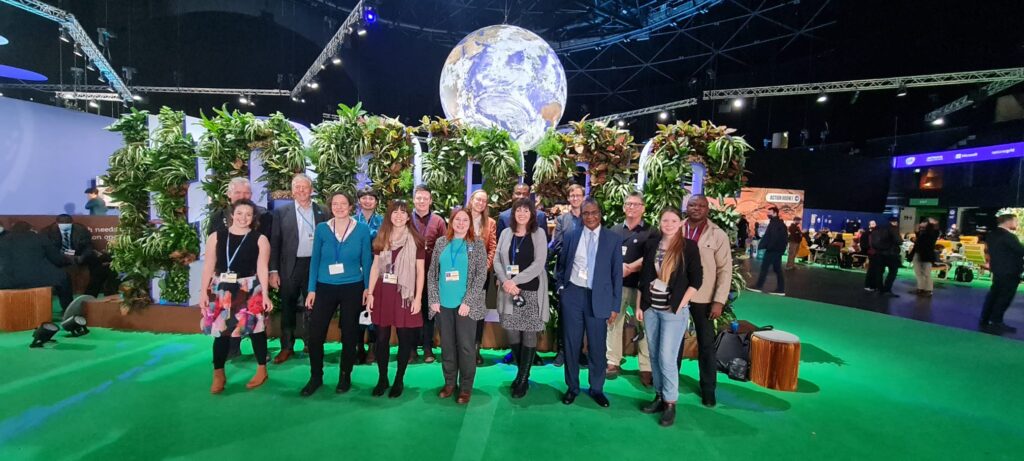
3. You supported our campaign, and the UN Human Rights Council approved the right to a healthy environment
In a landmark historical moment, this October the United Nations Human Rights Council unanimously voted in favour of introducing a new human right: the right to a healthy environment. This success is the result more than a year of advocacy from the #1Planet1Right campaign, launched and led by the BirdLife Partnership. Instigated in early 2020, our petition now has over 120,000 signatures. The campaign has gained the support of over 900 organisations, and has been endorsed by prestigious figures including Greta Thunberg, outdoor clothing company Patagonia, and the UN Special Rapporteur on Human Rights and the Environment – all backed by expert behind-the-scenes lobbying from BirdLife’s policy team.
The original Declaration of Human Rights was forged from the ashes of humanity’s last global crisis, World War II. Now, the newly-proposed human right is on its way to the UN’s General Assembly, giving us the opportunity to emerge from the COVID-19 pandemic with a similarly symbolic and decisive political change. Read the full story here.

4. Your support has helped lead to the launch of a $3 billion wetland conservation project
This year, BirdLife announced an ambitious new collaboration with the Asian Development Bank and the East Asian-Australasian Flyway Partnership, to protect wetlands along one of the world’s major bird migration routes. Every year, the East Asian-Australasian Flyway is used by some 50 million waterbirds of over 200 different species. Stretching from Siberia and Alaska to Australia and New Zealand, the flyway connects a chain of coastal wetlands spanning 20+ countries, providing vital habitats where shorebirds can stop to feed, rest and refuel on their journey.
Initially, the project aims to focus on 50 priority coastal wetlands. Conservation and habitat restoration will be funded using an innovative blended financial model that will mobilise investments from multiple private foundations, government bodies and regional development banks, making sure nature is integrated into the financial structures of the region. The project will actively involve local communities at all stages, making special efforts to include women, Indigenous people, and youth. Find out more here.
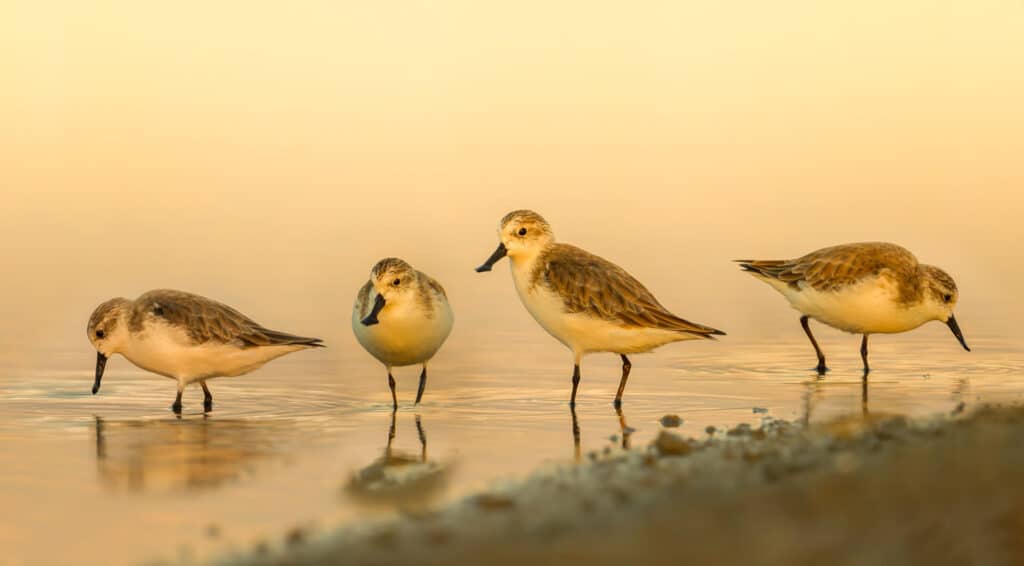
5. Your support helps us do amazing things, such as the BirdLife expedition that rediscovered the Endangered Pacific island starling
A rare starling last seen on the Pacific island of Vanuatu 11 years ago was located again on Mount Tabwemasana, the highest peak of Espiritu Santo. Found only on Vanuatu, the Mountain Starling Aplonis santovestris (Endangered) has only ever been seen on three peaks in the years 1934, 1961, 1991 and 2010. Its population is thought to be as few as 250-999 adults, and its range is estimated to be just 21 square kilometres. The species was found by Toar Andrew Morris and Dominik Ramik while conducting surveys for BirdLife.
After two days’ walk to base camp and six or seven days exploring, they found the location given to them by a village elder and eventually saw a starling. No photos were obtained, but they may have obtained a sound recording of the bird singing from low down within the scrub. This is the first time that the Mountain Starling’s song has been recorded.
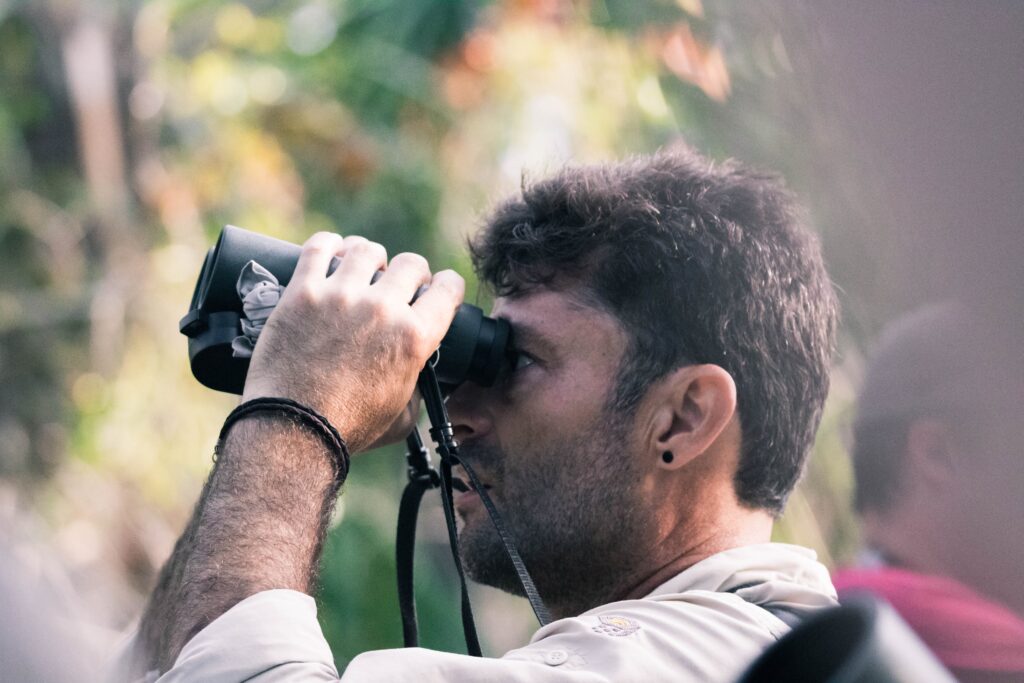
6. Your support of the BirdLife Partnership means we can share our expertise globally, helping Korean shorebird havens get World Heritage status
This year, four key tidal mudflats on South Korea’s Yellow Sea Coast were inscribed as a UNESCO World Heritage Site – the culmination of years of campaigning. These mudflats are vital staging grounds for millions of migrating waterbirds, as well as breeding sites for several threatened species.
In 2015, the South Korean government made a bid for UNESCO recognition for these sites. The Korean World Heritage Promotion Team worked tirelessly to consult international stakeholders and lobby for support, reaching out to experts worldwide, including BirdLife. We quickly got to work assessing the data and how they met international criteria. We also collaborated with the East Asian-Australasian Flyway Partnership to mobilise the international conservation community for support. In total, 78 signatories were brought together, including representatives an impressive 33 BirdLife Partners.
World Heritage status not only acknowledges the mudflat’s outstanding importance for nature, but also provides some of the best guarantees for good management and protection. Get more info here.
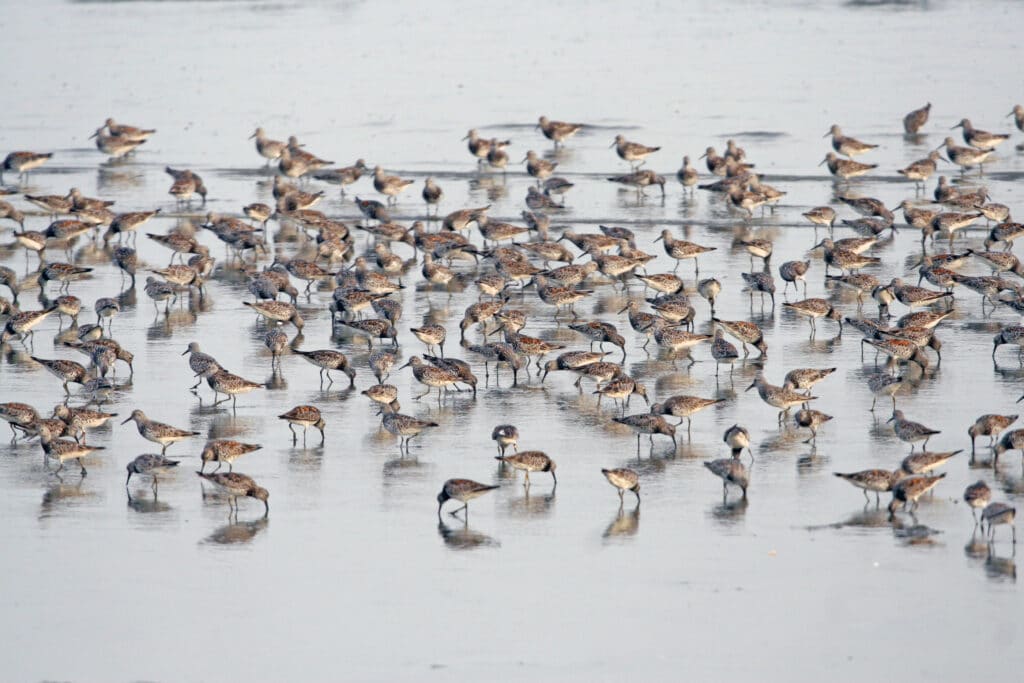
7. You helped us to change laws, with Albatross-friendly guidelines included in fishing law
It is estimated that 100,000 albatrosses are killed every year by longline and trawl fisheries. Today, 15 of the world’s 22 albatross species are threatened with extinction. To combat this, BirdLife’s Albatross Task Force works onboard fishing vessels across the world, helping to introduce innovative, cost-effective measures to prevent albatrosses from being accidentally entangled in fishing gear as they dive for bait. This year, thanks to BirdLife’s collaboration, measures to address seabird ‘bycatch’ were included in Seafood Business for Ocean Stewardship – an initiative adopted by eight of the world’s larges seafood companies, aiming for greater transparency and sustainability in their practices.
In addition, a new agreement makes the BirdLife International Marine Programme an official partner of Global Fishing Watch: an innovative system that uses satellite tracking data to map the activities of fishing vessels across the world. BirdLife’s knowledge and data on albatross movements can be used to identify causes for concern.
